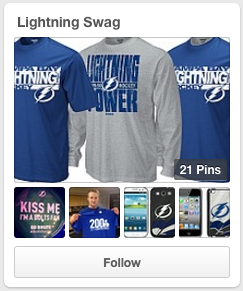As social media is evolving, NHL team Twitter accounts can no longer expect to keep their followers interested with formal and aloof tweets. These accounts are forming their own personalities to distinguish them from the other 29 teams.
In this article, it states that media users form bonds and connections with various media personalities on Twitter. These bonds are often based on certain constructs, such as social attraction, attitude homophily, perceived realism, and affinity. Social attraction refers to whether or not someone would form a friendship with this type of persona. Attitude homophily is how similar a user feels to the personality based on likes, attitudes, and beliefs. Perceived realism is how genuine the voice of the account feels to the user, and affinity relates to how much the user enjoys the personality. All of these motivations go into whether or not a Twitter user will want to follow or not follow a certain NHL team account.
The @BlueJacketsNHL account has become one of my favorites because of its unique personality. One of the ways that the Columbus Blue Jackets account is setting itself apart from others is its use of GIFs. According to this article, GIFs, or “graphics interchange formats”, were created in 1987 by CompuServe, an Internet service provider. These short loops of video are becoming increasingly popular on social media platforms. One of the main reasons that GIFs are so popular is that they are an easy way to enhance text-majority messages. The CBJ Twitter account is using GIFs to turn plain and simple tweets into something hilarious and entertaining.
The account is using GIFs in a wide variety of tweets. The #NationalCatDay tweet obviously has nothing to do with any kind of hockey content. But the tweet emphasizes a unique, interactive, and original brand image. The CBJ account also incorporates GIFs into tweets about the team. The GIFs on their own have nothing to do with hockey, but the CBJ account has creatively found different ways to integrate them. This shows that the account wants to discuss hockey, but also wants to distinguish itself using its funky personality.
The use of amusing GIFs is a way to enhance the social media relationships shared on Twitter between followers and teams. The CBJ account can show its humorous and playful personality, which over 185,000 followers are enjoying daily. The account has a mix of informative links, game photos, and funny comments, giving it a more authentic and genuine feeling. These features can help give followers the constructs that they are looking for in a social media personality.





























